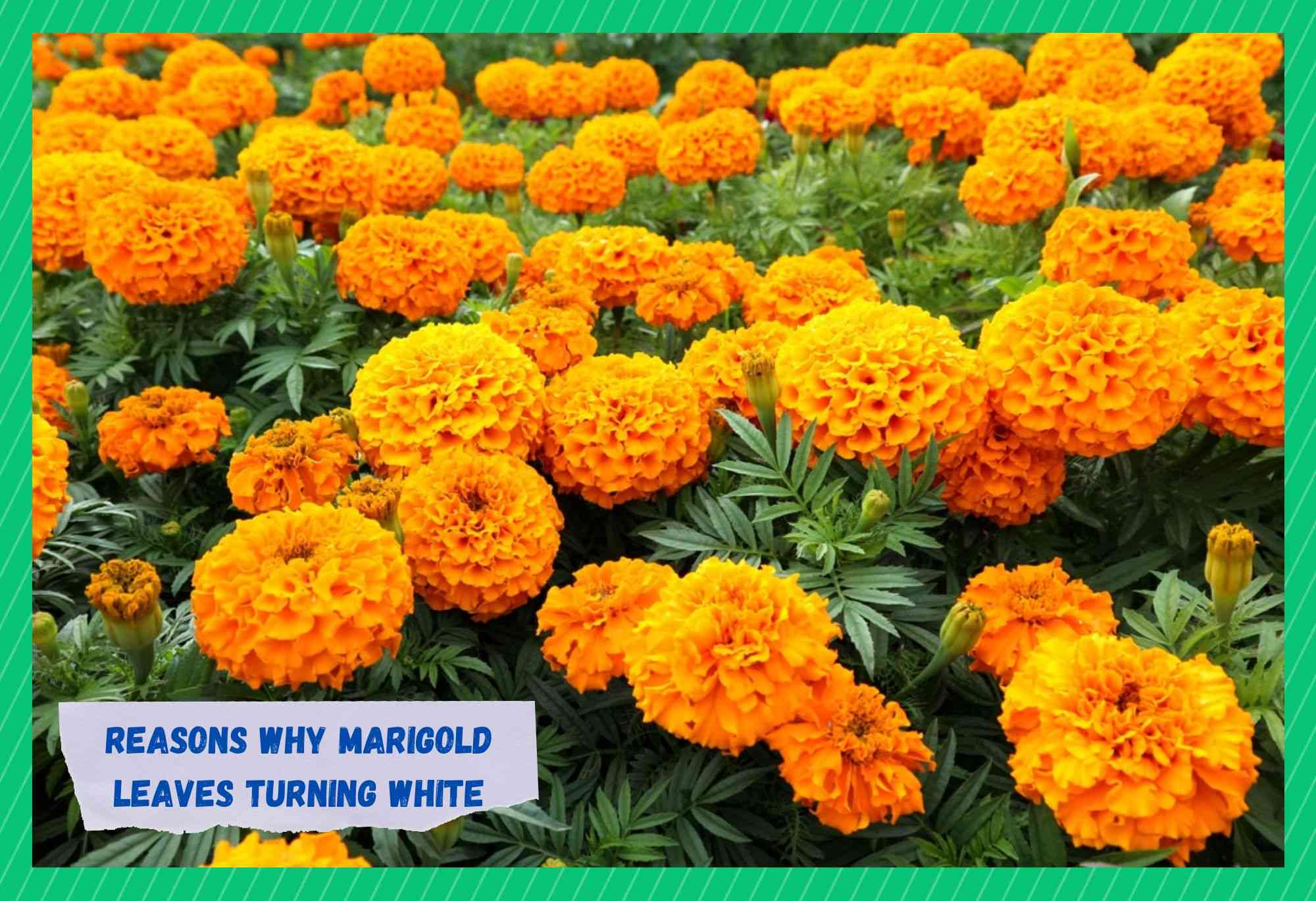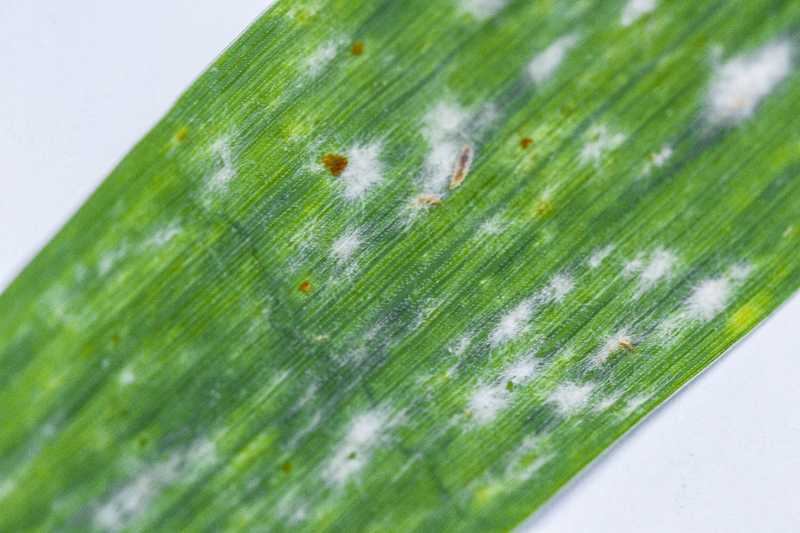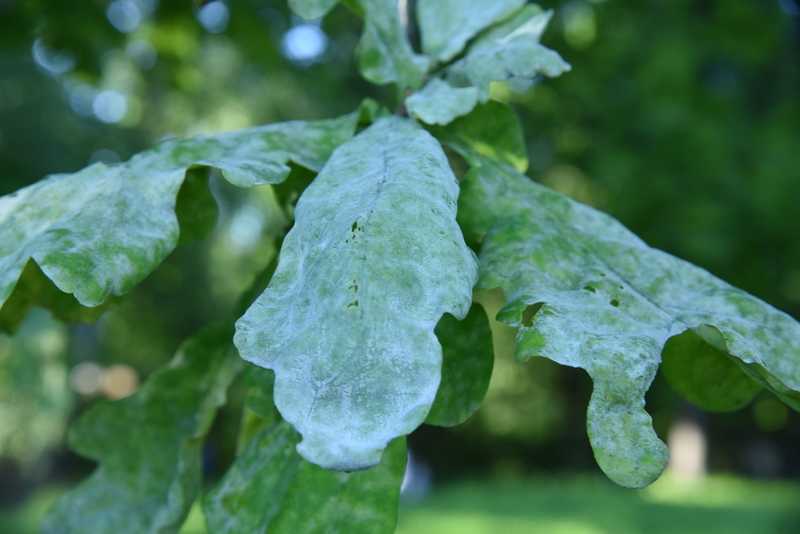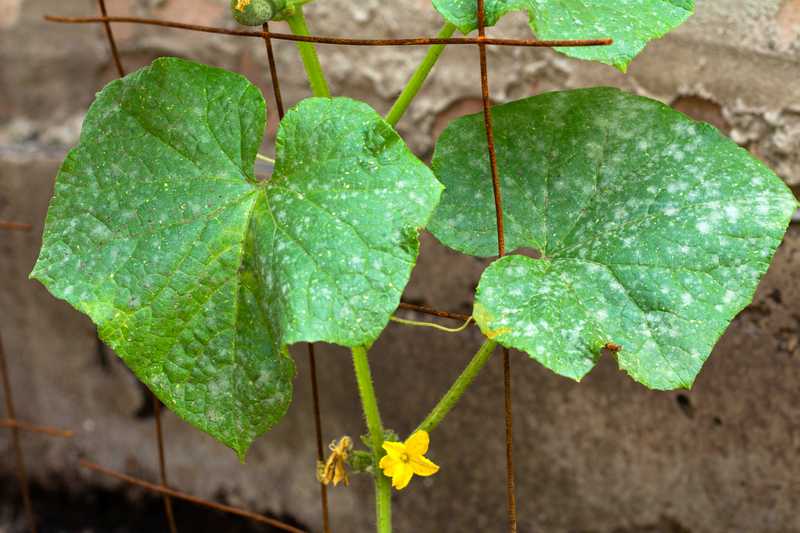
The history of marigolds is quite ancient. The Aztecs held them in high regard and used them in various rituals, including those for healing, decoration, and worship.
These species were brought back to Europe by Spanish and Portuguese explorers. The Virgin Mary inspired the locals to call them “Mary’s Gold.”
Beautiful composite blooms in shades of yellow, orange, and red may be seen on stems of plants that belong to the family marigold. The typically beautifully cut leaves are positioned opposite one another on the stem.
Marigold- Why Is It Called An Annual Flower?
The marigold is a staple of gardeners worldwide since it is an annual flower that blooms reliably and for a long time. The lovely marigold flower is always eager to bloom.
The Romans gave this flower the name calendula, which means “first of the month,” because its bright yellow and gold blossoms appeared on the first day of each month from June through October.
Although marigold has been extensively researched for its potential use in alternative medicine, its origin is still mysterious. Nevertheless, it can now be said categorically that this plant is native to Europe. What’s not to enjoy about a flower that requires little attention yet blooms for a long time?
That’s why it makes perfect sense to see it grown all across the globe. We are lucky enough to enjoy the marigold’s bright yellow flowers once every year. On the other hand, it is so accommodating that it will reseed itself in the garden if allowed to remain there until the seeds mature.
Petals from edible flowers have many culinary and decorative uses, such as a tarragon alternative, tasty addition to salads, and a refreshing beverage. The pharmaceutical sector cultivates marigolds for their high levels of lutein and zeaxanthin, which are used in eye supplements.
The pharmaceutical sector uses marigolds for their high levels of lutein and zeaxanthin, which are used in eye supplements.
The ideal growing conditions for marigolds are full sun and wet, well-drained soil, although they may survive in drier environments. After the last frost date has gone, you may plant them outside.
What Causes The Marigold To Turn White?
White mold, often known as powdery mildew, is a fungus that infects a variety of plants and flowers. This white fuzzy mold may cover marigold leaves and stems and, in rare circumstances, the whole flower—including buds.
Since white mold is infectious, it may rapidly spread to other plants in the garden—if not controlled.
White mold is often brought on marigold flowers because of high humidity or poor airflow. Planting your marigold without enough space for air movement or overwatering your marigold bloom will cause white mold to flourish.
Indoor marigolds are especially vulnerable to powdery mildew because of damp, low-light surroundings.
Some white powder may be harmless initially, but as it spreads, it could turn into a more serious issue. When marigold is infected with powdery mildew, it badly weakens and fades over time. Hence, negatively impacting both its look and usefulness.
If your marigold flower has been affected by the white mold or powdery mildew infection, search out its reason without any delay. Especially, before the beautiful marigold flower you have begins to wilt and die.
Reasons Why Marigold Leaves Turning White
While these flowers certainly have their benefits, that does not mean they are without any downsides. Many people have noticed that the leaves on their marigolds have begun to turn white.
Those who cultivate gardens may experience fear about this since some illnesses might wipe off an entire plant.
This article will discuss some of the reasons this could be happening and provide some solutions for overcoming it. Let’s dive deeper into it!
- Powdery Mildew
If someone notices that the leaves on their flowers have begun to turn white, there is a good chance that the flowers have been infected with powdery mildew.
This is one of the most prevalent causes of this symptom. This fungal illness has a significant likelihood of spreading. Powdery mildew is particularly problematic since it may apply to any plant. Taking all of this into account, this may be what’s causing your marigold leaves to be white.
That being said, you should know that you just need to confirm the illness before you attempt to fix it. Powdery mildew, if it is the culprit, will show up as a white powder on the marigold leaves and other surfaces. A portable spray bottle is all that’s needed to eliminate the problem.
Now fill it with a solution of water, baking soda, and soap, and stir it well. After waiting for the solution to dissolve, you may then spray it on the plant. If you do this for a few days, the fungus will start to fall off the plant.
Be careful not to use too strong a solution since this might end up killing the flowers. Too much water might cause your soil to get waterlogged, killing your plant, so use just as much as is necessary. This leads to other complications that should be evaded.
Powdery mildew is a fungal disease that causes your marigolds to become dull grey or white. When a plant is infected, its leaves may grow unnaturally or even become white.
Towards the season’s conclusion, the mold may begin to produce little balls. Fungi need these balls, known as chasmothecia, to survive the colder months of the year.
Wind-borne spores may quickly spread the infection to neighboring plants in your yard. Powdery mildew infections aren’t severe and won’t inhibit the development of your marigold.
To prevent fungal growth, you should not overwater or fertilize with nitrogen. Make sure there is sufficient space between plants for airflow.
- Fungus Spreading
Sometimes fungus is to blame when marigold leaves begin to turn white. Several potential pathogens might infect the plant, but we covered the most prevalent one above.
If you aren’t giving your flowers enough water, they are more likely to stick to them. Watering the soil regularly ought to be sufficient to maintain a healthy plant.
Nonetheless, if you also begin watering the blooms and branches of the marigold flower, you will see that the fungus in the soil will splash up. It will cling to the plant and quickly begin to spread throughout the whole plant.
Keeping the flowers and branches dry will help prevent fungus from growing on them. Just moisten the soil and make sure there are holes for the water to drain.
Take immediate action and cut off the fungal areas of the marigold. In order to prevent getting a fungal infection, you should avoid an environment where the fungus may flourish. Allow more space between plants to prevent crowding.
Do not over-fertilize since young growth is especially vulnerable to infection when exposed to high nitrogen levels. Last but not least, avoid watering too deeply or letting the leaves become soaked since this will encourage the growth of fungus.
If you follow these steps, your marigolds will be healthy and flourish for many years. If the plant is housed in a container, make sure that the bottom of the container has a tiny opening. That may be all it takes to allow the extra water out and keep your marigolds thriving.
Fungicides are the last alternative if you check your marigolds and find that the fungus is still clinging to them. To be effective, these chemicals—designed to eliminate such pathogens—must be used often.
Furthermore, they are most effective when applied to a young, developing plant. By absorbing the fungicide, the flowers will develop resistance to a variety of illnesses.
The need for further therapy depends on the severity of the condition. The best time to apply a fungicide to your plants is in the spring, before the onset of powdery mildew, and you may repeat this treatment as often as necessary throughout the year.
If the illness is severe, you may additionally spray the plant with a fungicide once every ten days. Options for fungicides include copper, sulphur, and thiophanate methyl.
Each fungicide should be used in accordance with its instructions. Make sure to keep a careful eye on your marigold and remove any fungal leaves right away!
- White Mold Infection
Sclerotinia sclerotiorum, sometimes known as white mold, is a fungus that causes fungal infections. Its name comes from the fluffy white mold that develops on affected plant parts, such as leaves and stems.
Aside from the leaves falling off, the stems in the affected region will become dry, brittle, and have a brown hue.
Stems infected with a fungus may produce sclerotia, which are tiny, black, rigid growths.
Since the mold spores may live in the sclerotia for up to five years, this illness can be challenging to eliminate from your garden completely. These spores germinate in damp, chilly environments and eventually become mushrooms, which spread the spores further.
No cure exists for this virus. Those contaminated plants need to be taken out of the garden. Infected plants should be destroyed by fire or buried in a location distant from where new plants might be growing.
When replanting, provide plenty of space between plants to promote airflow and reduce the risk of foliage drying. Cut down on watering and moisture as much as you can.
The Bottom Line
Marigolds are resilient flowers that often bloom worldwide under favorable circumstances. After a short period, it matures into a beautiful plant for the yard. At the same time, a white mod is likely to find them appealing and attempts to kill them.
However, with just a little bit of loving care each day, they may have a lively, colorful, and beautiful life for many years to come. The marigold flower – this charming contributes to making the world full of love!



